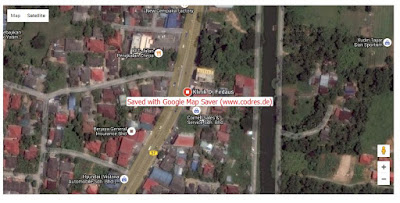Ozone Therapy
http://www.moh.gov.my/attachments/1009.pdf
Summary from MOH regarding ozone therapy:
EXECUTIVE SUMMARY OZONE THERAPY
INTRODUCTION
Ozone (O3) is a controversial gas because, owing to its potent oxidant properities, it exerts damaging effects
on the respiratory tract and yet it has been used for decades as a therapy. The disinfectant activity of O3 is widely been used however the use of ozone in medical therapy is still controversial.
Presently there are nine methods of ozone therapy in medical practice namely direct intra-arterial and intravenous application, rectal insufflations, intramuscular injections, major and minor autohemotherapy,
ozonated water, intra-articular injection, ozone bagging, ozonated oil and inhalation of ozone.
OBJECTIVES
To assess the safety and effectiveness of ozone therapy in clinical care.
RESULTS
Safety
There are some case reports of the use of ozone resulting in air embolism, blood borne infections and bilateral visual field loss after receiving ozone therapy.
Effectiveness
(i) HIV and other infectious diseases
There is only anedocatal evidence to support the effectiveness of ozone therapy in the treatment of HIV or other blood borne infectious diseases. The current evidence is insufficient to recommend the use of ozone in the treatment of HIV infected patients.
(ii) Ischemia
There is insufficient evidence showing the benefits of ozone in the treatment of limb ischemia,stroke and ischemic heart disease.
(iii) Ophthalmology
There was temporary improvement in three studies that patients had retinitis pigmentosa who were treated with ozone therapy.
(iv) Ortholaryngology
There is insufficient evidence to recommend ozone therapy in the treatment of ENT conditions.
(v) Obstetric and Gynaecology
The evidence showing the effectiveness of ozone therapy treatment in reducing the infectionrate in caesarian section are observational studies only.
Similarly, there is insufficient evidence to recommend the use of ozone in the treatment of puerperal diseases.
The evidence is only anecdotal in nature as with regards to the use of ozone in the treatment of primary infertility.
(vi) Orthopedic Disorders
There are only three relevant clinical trials on these subjects, thus making it difficult to draw conclusive results.
(vii) Cancer
There is insufficient evidence with regards to the effectiveness and safety of ozone therapy incancer patients.
(viii) Skin disorders
The evidence is only anecdotal in nature as with regards to the use of ozone in the treatment of skin conditions.
CONCLUSIONS
Current data on the usage of ozone therapy as therapeutic options for various health conditions lacks sufficient
safety and therapeutic advantage over available conventional therapeutic modalities.
RECOMMENDATIONS
There is insufficient evidence to recommend the use of ozone therapy as a form of alternative treatment in
patients with haemotological disorders, autoimmune diseases, ischaemia, eye conditions, ENT, obstetric and gynaecology, orthopaedic conditions, cancer and skin disorders.

Comments
Post a Comment